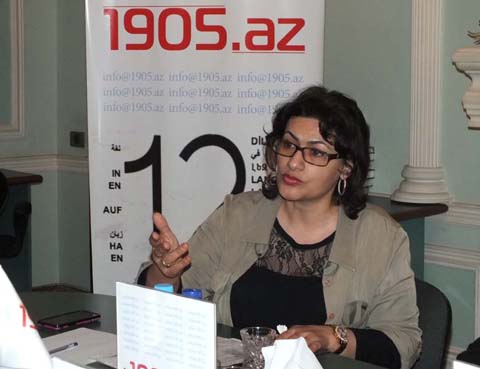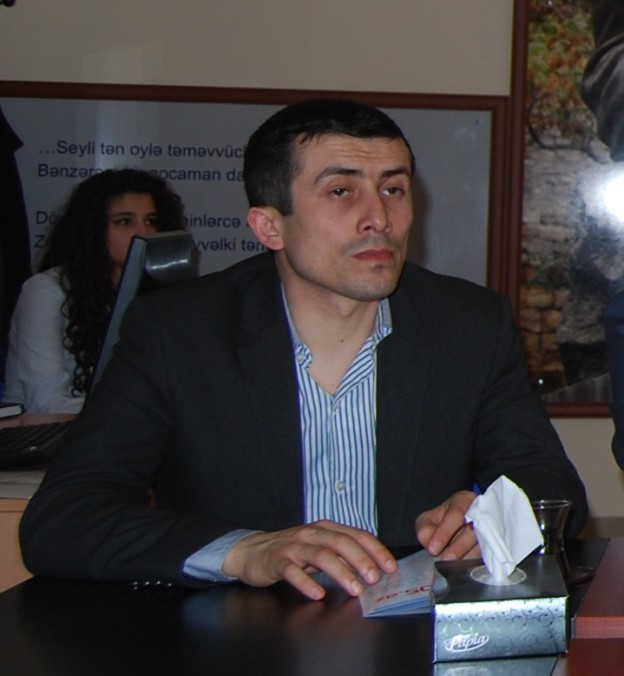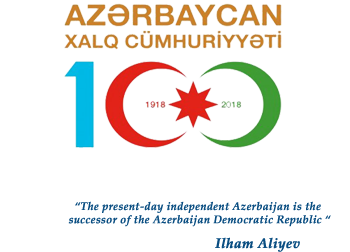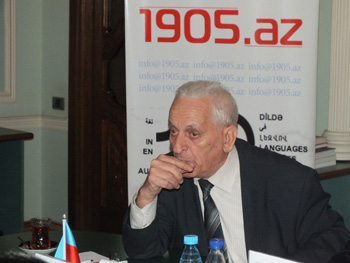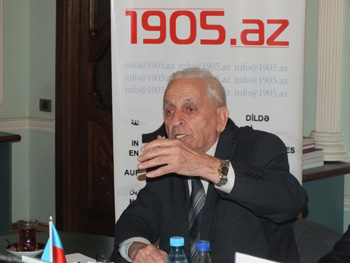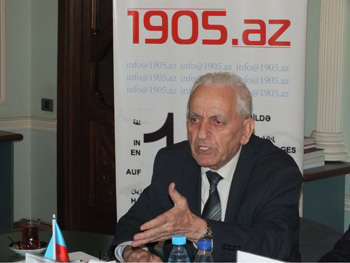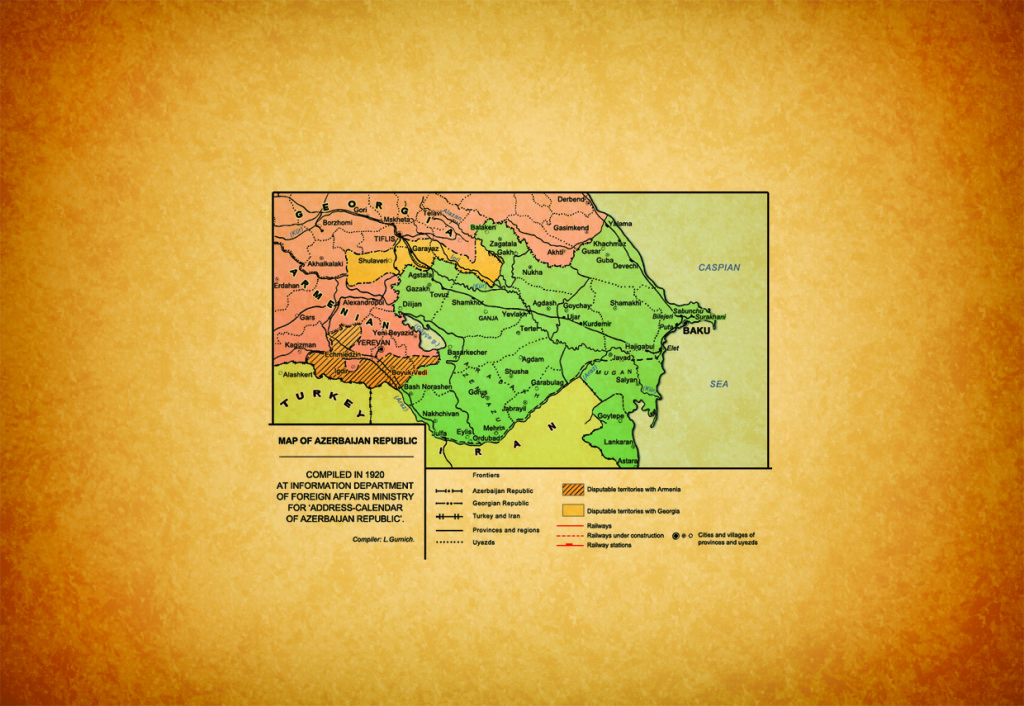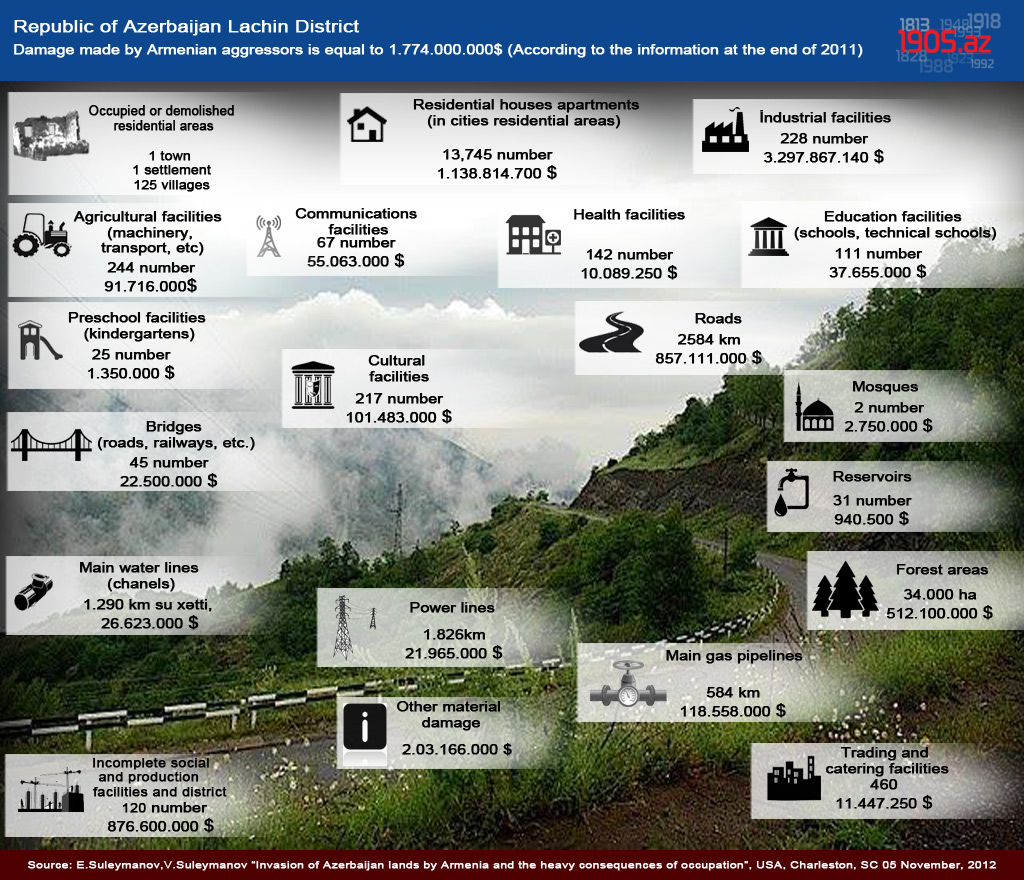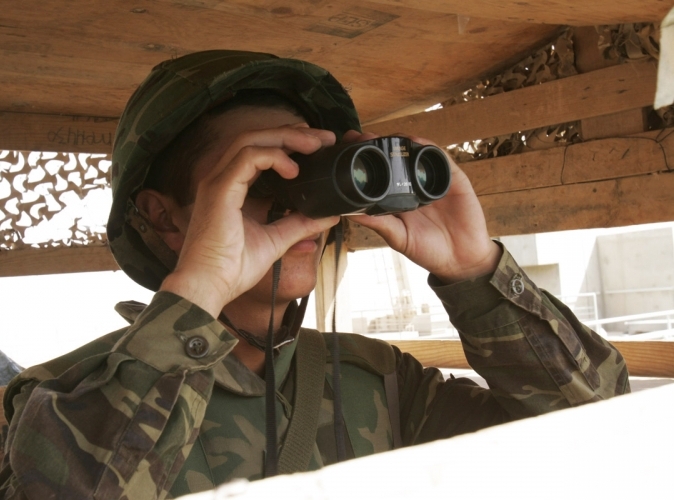
Armenian armed forces violated ceasefire with Azerbaijan 3,597 times in April.
According to the results of theAPA’s monitoring based on the reports confirmed by the Azerbaijani Defense Ministry, Armenian armed forces fired at the positions of the Azerbaijani army using 60, 82 and 120mm mortars, grenade launchers, large-caliber machine guns and 122mm howitzers D-30.
Early in April, Armenian armed forces intensively fired at the Azerbaijani positions along the contact line of the troops from large-caliber weapons, mortars, grenade launchers and artillery systems. Residential areas near the contact line of the troops also came under fire from enemy positions. In consideration of the operational situation, command of the Azerbaijani armed forces made the decision to carry out retaliatory actions to prevent the enemy from expanding their operations.
Heights around the Talish village, capable of posing a threat to Goranboy district and Naftalan city were completely cleared of enemy forces. Azerbaijani armed forces, in order to protect Horadiz city from the enemy, also took control of the strategic Lele tepe height, which is located in theFuzuli district direction and overlooks a vast area. A command and staff point of the Armenian armed forces stationed in the occupied Azerbaijani territories was destroyed by an exact retaliatory fire inflicted by the Azerbaijani troops. As a result, a large number of enemy troops, including a general and a colonel were killed.
Though, the Armenian side said that they lost about 100 servicemen during “four-day war”, APA revealed with reference to the Armenian media and social networks that about 300 Armenian servicemen were killed, more than 500 wounded.
Azerbaijani army also suffered losses in the military clashes.
Azerbaijani armed forces have seized weapons, ammunition, night vision devices, various documents, military vehicles and other equipment that the Armenian troops left behind on the battlefield on April 2-5.
Last month, Armenian armed units violated the ceasefire mostly in the direction of Aghdam district. On Karabakh front – the ceasefire was broken in direction of Fuzuli, Jabrayil, Terter and Khojavand districts.
Armenian army violated the ceasefire in the directions of Goranboy, Gazakh, Gedebey, Tovuz, Aghstafa districts and Nakhivan Autonomous Republic’s Ordubad, Shahbuz and Babek districts in April.
In April, Armenian armed forces used ammunition prohibited by international conventions to shell Azerbaijani positions and settlements near the contact line of troops.
Last month, an Armenian X-55 unmanned aerial vehicle (UAV) was destroyed by the Azerbaijani armed forces as it was attempting to fly over the Azerbaijani positions along the frontline. Besides, an unmanned aerial vehicle (UAV) quadrocopter DJI Phantom belonging to Armenian armed forces was brought down by units of Azerbajiani armed forces through a special method.
The operational situation on the front is under full control of Azerbaijan.
The Nagorno-Karabakh conflict entered its modern phase when the Armenian SRR made territorial claims against the Azerbaijani SSR in 1988.
A fierce war broke out between Azerbaijan and Armenia over the Nagorno-Karabakh region of Azerbaijan. As a result of the war, Armenian armed forces occupied some 20 percent of Azerbaijani territory which includesNagorno-Karabakh and seven adjacent districts (Lachin, Kalbajar, Aghdam,Fuzuli, Jabrayil, Gubadli and Zangilan), and over a million Azerbaijanis became refugees and internally displaced people.
The military operations finally came to an end when Azerbaijan and Armenia signed a ceasefire agreement in Bishkek in 1994.
Dealing with the settlement of the Nagorno-Karabakh conflict is the OSCEMinsk Group, which was created after the meeting of the OSCE Ministerial Council in Helsinki on 24 March 1992. The Group’s members include Azerbaijan, Armenia, Russia, the United States, France, Italy, Germany, Turkey, Belarus, Finland and Sweden.
Besides, the OSCE Minsk Group has a co-chairmanship institution, comprised of Russian, US and French co-chairs, which began operating in 1996.
Resolutions 822, 853, 874 and 884 of the UN Security Council, which were passed in short intervals in 1993, and other resolutions passed by the UN General Assembly, PACE, OSCE, OIC, and other organizations require Armenia to unconditionally withdraw its troops from Nagorno-Karabakh.



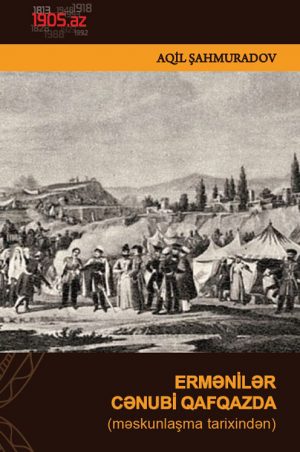


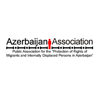


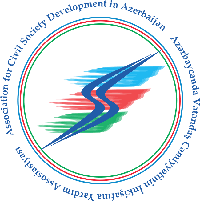
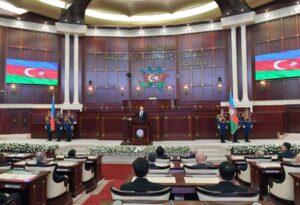 Inauguration ceremony of President of Azerbaijan Ilham Aliyev was held
Inauguration ceremony of President of Azerbaijan Ilham Aliyev was held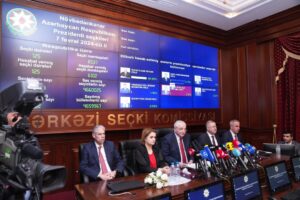 Ilham Aliyev wins presidential election with 92.05 percent of votes VIDEO
Ilham Aliyev wins presidential election with 92.05 percent of votes VIDEO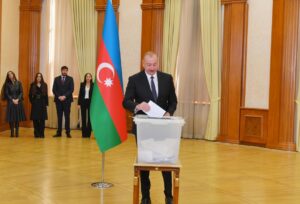 President Ilham Aliyev, First Lady Mehriban Aliyeva and family members voted in Khankendi VIDEO
President Ilham Aliyev, First Lady Mehriban Aliyeva and family members voted in Khankendi VIDEO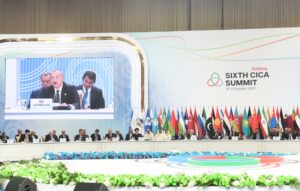 Plenary session of 6th Summit of Conference on Interaction and Confidence Building Measures in Asia gets underway in Astana. President Ilham Aliyev attends the plenary session VIDEO
Plenary session of 6th Summit of Conference on Interaction and Confidence Building Measures in Asia gets underway in Astana. President Ilham Aliyev attends the plenary session VIDEO President Ilham Aliyev was interviewed by Azerbaijani TV channels in Prague VIDEO
President Ilham Aliyev was interviewed by Azerbaijani TV channels in Prague VIDEO



